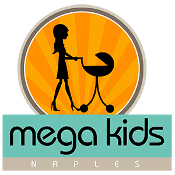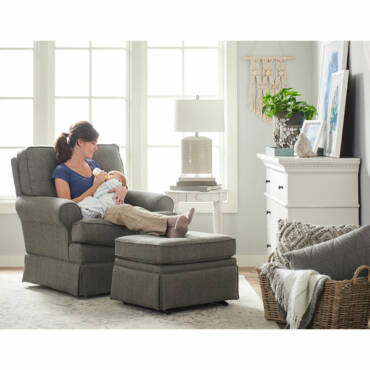Montessori is a method of education that is based on self-directed activity, hands-on learning and collaborative play. In Montessori classrooms children make creative choices in their learning, while the classroom and the highly trained teacher offer age-appropriate activities to guide the process. Children work in groups and individually to discover and explore knowledge of the world and to develop their maximum potential.
The Montessori Method is characterized by providing a prepared environment: tidy, pleasing in appearance, simple and real, where each element exists for a reason in order to help in the development of the child. A Montessori classroom integrates children of mixed ages that are grouped in periods of 3 years. This promotes socialization, respect and solidarity among them naturally.
The prepared environment offers the child opportunities to commit to interesting and freely chosen work, which brings out long periods of concentration that should not be interrupted. Freedom develops within clear limits, and this allows children to live in harmony with others in the small society they belong to in the classroom.
Children work with concrete materials that were scientifically designed, which provide them the keys to explore our world and develop basic cognitive abilities. The materials are designed to allow the child to recognize the error by him/herself and become responsible for his/her own learning.
The adult is an observer and a guide: he/she helps and stimulates the child with all his/her effort. This allows children to act, want and think by themselves, and helps them to develop confidence and inner discipline.
The Montessori education covers all periods in education, from birth to 18 years old, providing a integrated curriculum.
The Montessori Environment
The Montessori environment is a spacious, open, tidy, pleasing in appearance, simple and real place, where each element exists for a reason in order to help in the development of the child. The environment is proportional to children’s height and size, and it has low shelves and tables and chairs of different sizes where children can sit individually or in groups. The classroom is divided into theme areas where related materials and bibliography are exposed on the shelves, allowing great freedom of movement. Children can work in groups or individually, respecting their own style and rythm. Each child uses the material he chose by taking it from the shelf and putting it back in its place so others can use it.
The environment promotes the childs independence in the exploring and learning process. Freedom and self-discipline make possible that each child finds activities that respond to their evolutionary needs.
Montessori classrooms gather children in 3 different ages: younger than 3 years old, from 3 to 6 years old, from 6 to 9 years old and from 9 to 13 years old. These “mixed age classrooms” favour spontaneous cooperation, desire to learn, mutual respect and the acquisition of deep knowledge in the process of teaching others.
The Child
Dr. Montessori believed that every educator should “follow the child”, recognizing the evolutionary needs and characteristics of each age, and building a favorable environment, both physical and spiritual, to respond to these needs. Children’s development emerges as a need to adapt to his/her environment: the child needs to give a meaning to the world that surrounds him/her, and he/she constructs him/herself in relation to this world.
Maria Montessori observed that the child goes from infancy to adulthood through 4 evolutionary periods called “Planes of Development”. Each period presents characteristics that are radically diferent from the other periods, but each of them constitutes the foundation of the following period. In her book, The Absorbent Mind, Montessori explained that: “In the same way, the caterpillar and the butterfly are two creatures very different to look at and in the way they behave, yet the beauty of the butterfly comes from its life in the larval form, and not through any efforts it may make to imitate another butterfly. We serve the future by protecting the present. The more fully the needs of one period are met, the greater will be the success of the next.”
The first plane of development that starts at birth and continues until the child is 6 years old is characterized by children’s “Absorbent Mind”, which takes and absorbs every aspect, good and bad, from the environment that surrounds him/her, its language and its culture. In the second plane, from 6 to 12 years old, the child possesses a “rational mind” to emplore the world with imagination and abstract thinking. In the third plane, from 12 to 18 years old, the teenager has a “humanistic mind” which desires to understand humanity and to contribute to society. In the last plane of development, from 18 to 24 years old, the adult explores the world with a “specialist mind”, finding his/her place in it.
Tangible Materials
Montessori materials were scientifically designed in an experimental context within the classroom, paying special attention to children’s interests based on the evolutionary stage they were going through and with the belief that manipulating concrete objects helps the development of knowledge and abstract thinking.
These materials allow children to investigate and explore in a personal and independent way. They make repetition possible, and this promotes concentration. They have the quality of “isolating the difficulties”, which means each one of these materials introduces a unique variable, only one new concept, isolating it and leaving the other concepts without modification. These materials have a “control of error”: the material itself will show the child if he/she used it correctly. This way, children know that errors are part of the learning process; they teach children to establish a positive attitude towards them, making children responsible for their own learning and helping them to develop self-confidence.
Website Created by Internet Marketing Logic © 2025 All rights reserved. Terms of Use and Privacy Policy


